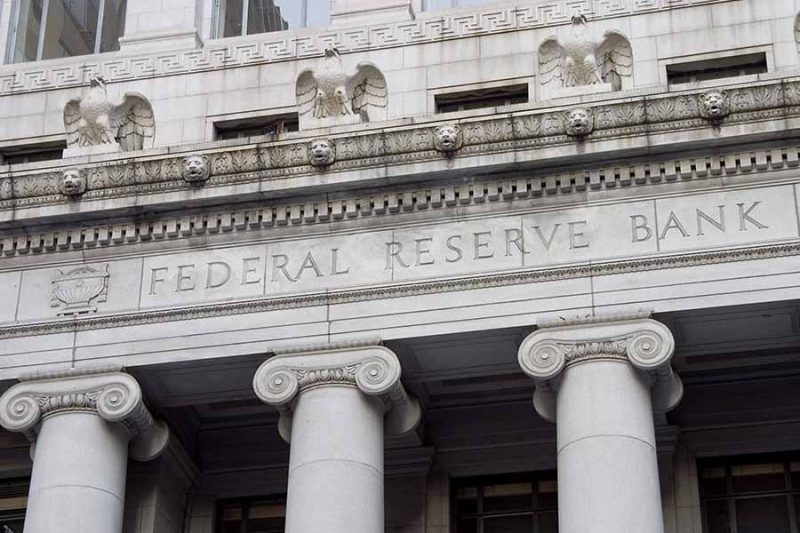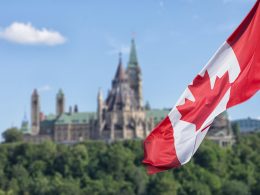by Collin Martin, Fixed Income, Charles Schwab & Company Ltd.
Wednesday's increase brought the federal funds rate (the rate banks charge each other for overnight loans) to the 3.75%-to-4% range. It was the fourth consecutive 75-basis-point hike in as many meetings (a basis point is one one-hundredth of a percentage point, so 75 basis points is equal to 0.75%).
Markets swooned after press conference
The FOMC's post-meeting statement delivered on those expectations, but then Powell pushed back against expectations for a "premature" pause in rate hikes, adding, "It is very premature to be thinking about pausing … very premature." Treasury yields initially fell following the release of the statement, but then rebounded. Stock markets slid, with the S&P 500 index closing down 2.5% for the day.
The 2-year Treasury yield initially plunged, then rebounded

Source: Bloomberg, as of 11/02/2022.
Notes: For each period, the median is the middle projection when the projections are arranged from lowest to highest. When the number of projections is even, the median is the average of the two middle projections. The central tendency excludes the three highest and three lowest projections for each variable in each year. The range for a variable in a given year includes all participants' projections, from lowest to highest, for that variable in that year. Longer Run projections for Core PCE are not collected.
What happens now?
The pace of Fed rate hikes in this cycle, in comparison to previous cycles, has been rapid

Source: Bloomberg. Federal Funds Target Rate - Upper Bound (FDTR Index), using monthly data as of 11/2/2022.
Note: Data is the short-term interest rate targeted by the Federal Reserve's Federal Open Market Committee (FOMC) as part of its monetary policy. Past performance is no guarantee of future results.
There are plenty of reasons for the Fed to slow down the pace of hikes, like the recent inversion of the Treasury yield curve. When long-term yields drop below short-term yields, a recession tends to follow. While the 2-year/10-year Treasury curve has been inverted since July, the 3-month/10-year curve finally dipped below zero in late October. Another key indicator for the Fed is what's known as the near-term forward spread. It's the difference between the expected yield of a three-month Treasury bill in 18 months' time and the yield of the current three-month Treasury bill. That has declined sharply as well, but hasn't yet inverted. As the Fed continues to raise rates, this should eventually dip below zero.
However, Powell specifically stated on Wednesday that he did not believe the Fed had "overtightened," opening the door for the pace of rate hikes to remain aggressive. While there may be some volatility on a day-to-day basis, we believe the yield curve should continue to invert as the Fed hikes rates.
The near-term forward spread is flirting with inversion

Source: Bloomberg. Fed Near-Term Forward Spread (.FEDNTFS Index). Daily data as of 11/2/2022.
Note: The Near-Term Forward Spread is the spread between the yield on a 3-month Treasury bill and a 3-month Treasury bill 18 months from now.
The markets are pricing in a "peak" fed funds rate of more than 5%

Source: Bloomberg. FED FUND 30DAY May23 (FFK3 COMB Comdty) as of 11/2/2022.
















